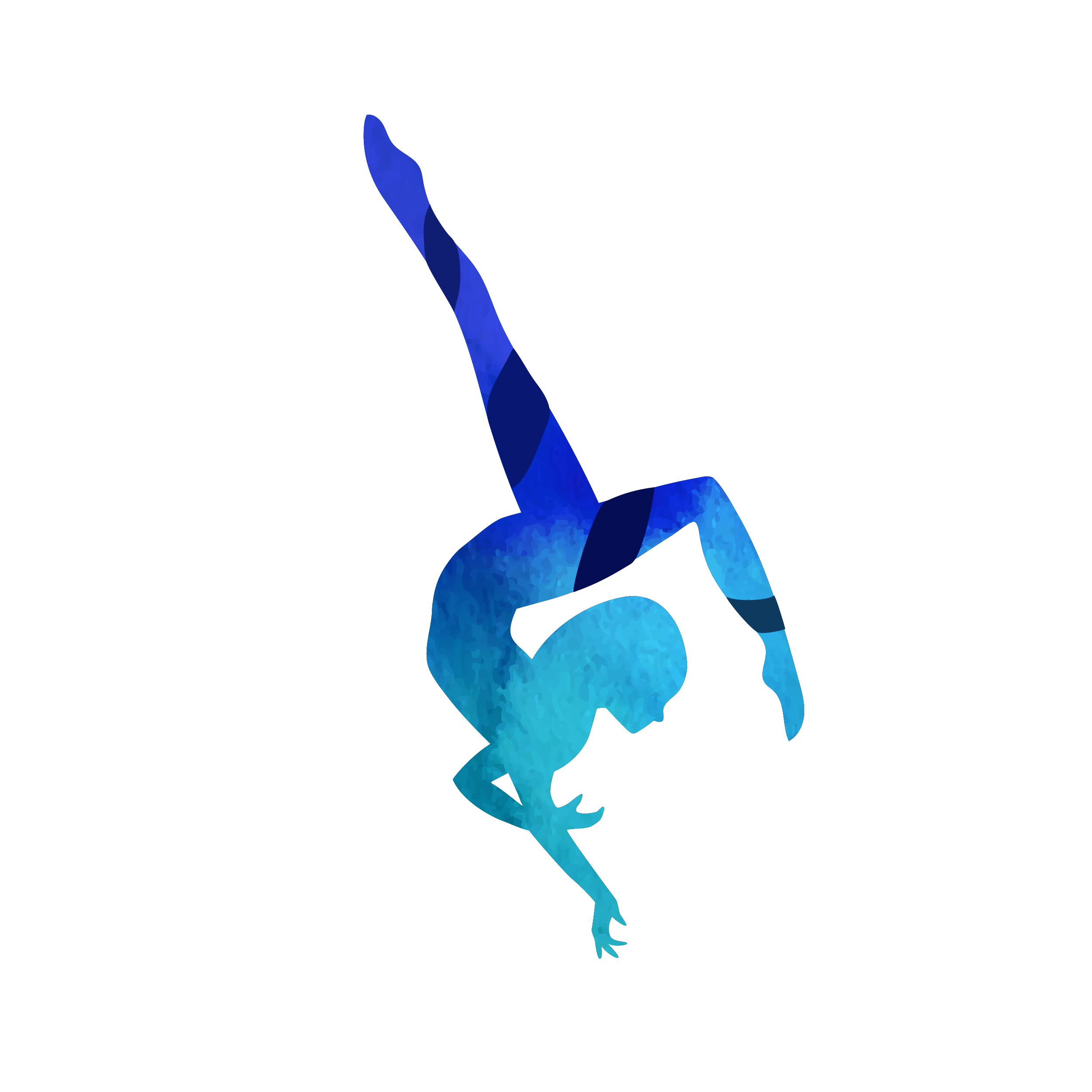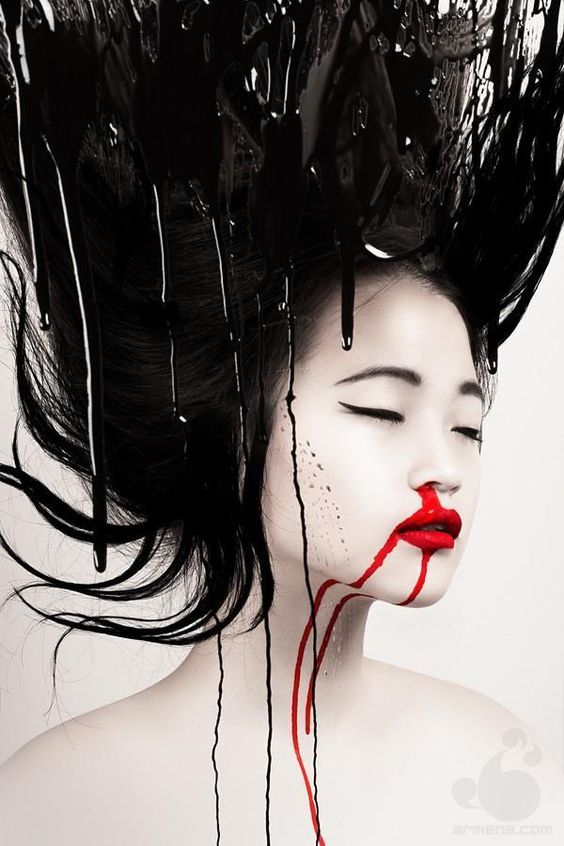As a young dancer in-training, I spilled countless tears. I always chalked my deep, dramatic and at the time, life-altering emotions up to my age. As I grew up and began to work as a performer in my twenties, I had less and less of these breakdowns. I was young and fearful then but as an adult I no longer felt those emotions with the same intensity. As I began to teach adults, I watched them go through the same highs and lows that I did as a child. These adult women and men who were literally killing it and taking names at their day jobs were all at some point melting into blobs of anger, frustration, embarrassment and disappointment. I realized that all the emotional ups and downs I experienced was not related to age but to learning an art form for the first time.
These Emotions Are Common
My emotional process taught me how to be confident on stage and gave me the tools I needed to deal with the moment when my bravery took the day off. You may feel like you’re going crazy or perhaps you think your emotions are silly or unjustified, but this is a positive thing.
The Artistic Process Teaches
The artistic process teaches with or without your permission. It shows what you are scared of, brings insecurities to the surface and may remind you of what you don’t like about your body. It highlights the learning process and brings up childhood traumas where maybe your style of learning wasn’t embraced. It may be a reminder that you learn slowly and always feel a step behind your classmates. This process can be so eye opening that you end up with your guts proverbially out on the floor and your heart painfully exposed to the world. Learning aerial silks can catalyze an emotional as well as a physical transformation.
Manage Expectations
If you have bad memories of learning as a child, this time try to see the upside of taking your time with it. I had an incredible number of epiphanies in my practice that came in the package of frustrating slowness. I began with no upper body strength and for years I couldn’t get a meathook or wheel down to save my life, while my colleagues were quick to get everything. My expectations were that I should be able to learn like them which left me frustrated that I wasn’t progressing at the same rate. Without the pressure of a timeline, work on your basics until you understand the wraps, have awareness in the air and have the strength to execute the movement. When you have a solid foundation, your frustrations will decrease. The self-inflicted pressure didn’t serve my training but when I shifted my perspective, I developed the techniques that are now the core of my curriculum.
All The Feelings
If you accept these emotions as a necessary part of the process, then you will have the power to respond differently. When these feelings hit you like a Mack truck, use it as an opportunity to get creative, perhaps make an act that embodies anger and frustration. I have spent many training sessions over the years practicing through tears. You may find the emotions that come up aren’t related at all to our art, instead it’s problems at work or home. Use it to heal you in these moments.
Go ahead and feel your feelings, be emotional, dramatic, irrational and over-the-top. Accept that you may feel like a raw nerve ending. Go full out and see how others are affected by your movement. Remember that this is not a sterile process. Cry, dry your tears, reflect and keep on working.

